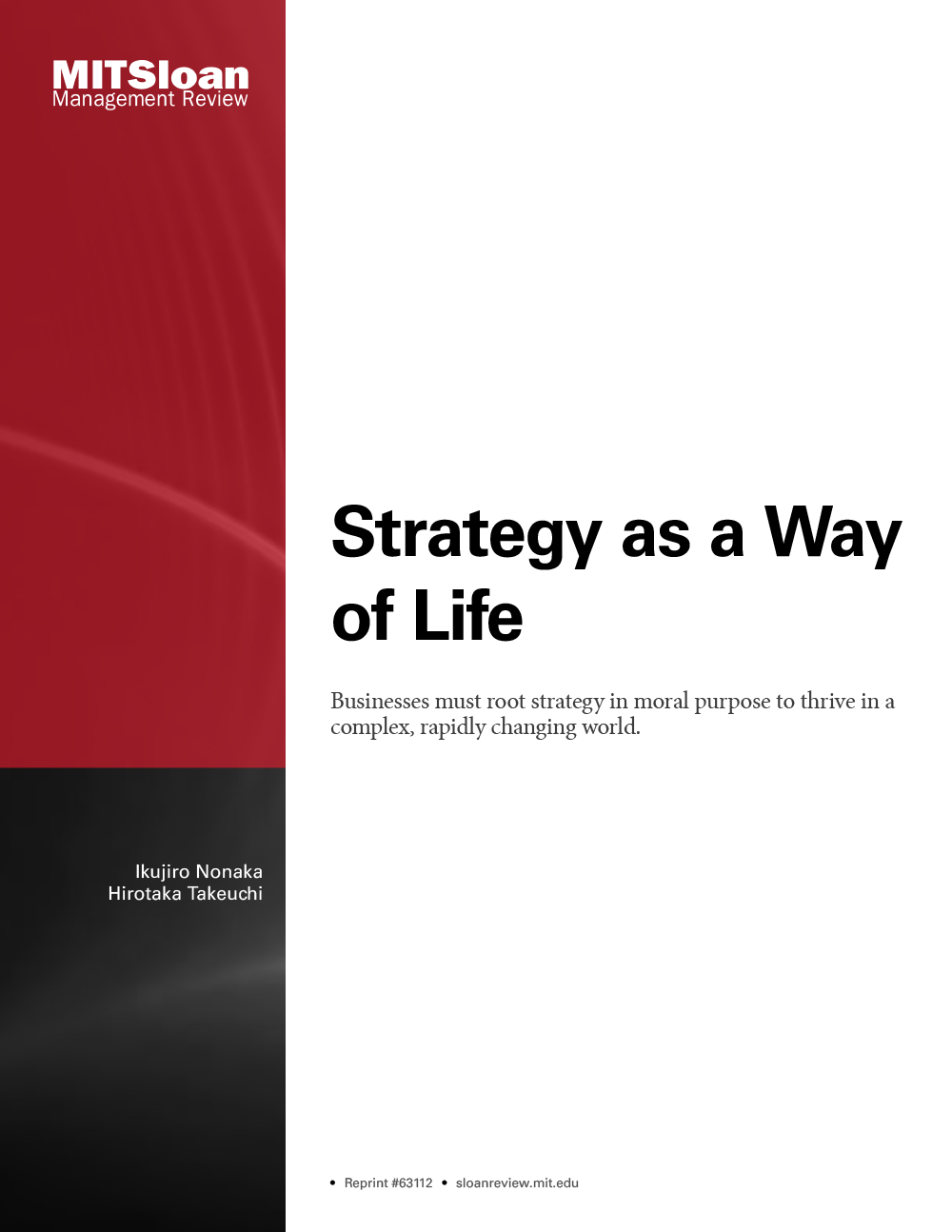
The Profit-Making Allure of Product Reconstruction
Product reconstruction, which covers a continuum of activities from recycling to refurbishing to remanufacturing, allows companies to sell high-performance goods at lower prices than equivalent new products while also realizing higher profits. Product reconstruction may open new markets for companies in meeting the needs of one or more of six kinds of customers: those who need to retain a specific product because it has a technically defined role in their current processes; end-users who want to avoid the need to respecify, reapprove or recertify a product; customers who make low utilization of new equipment; those who wish to continue using a product that has been discontinued by the original manufacturer; people who simply want to extend the service lives of used products, whether discontinued or not; and customers who are interested in environmentally friendly products.
Beyond serving a particular market, the company must also possess certain kinds of expertise.
To succeed at recycling, for example, it must be intimately familiar with the manufacturing process
that initially created the product, be able to make extensive and time-consuming sales efforts (to help
compete effectively against the many other companies in this low-barriers-to-entry industry) and be
willing to specialize, given that particular materials vary greatly in complexity, time requirements,
predictability, capital and labor characteristics and expense.




